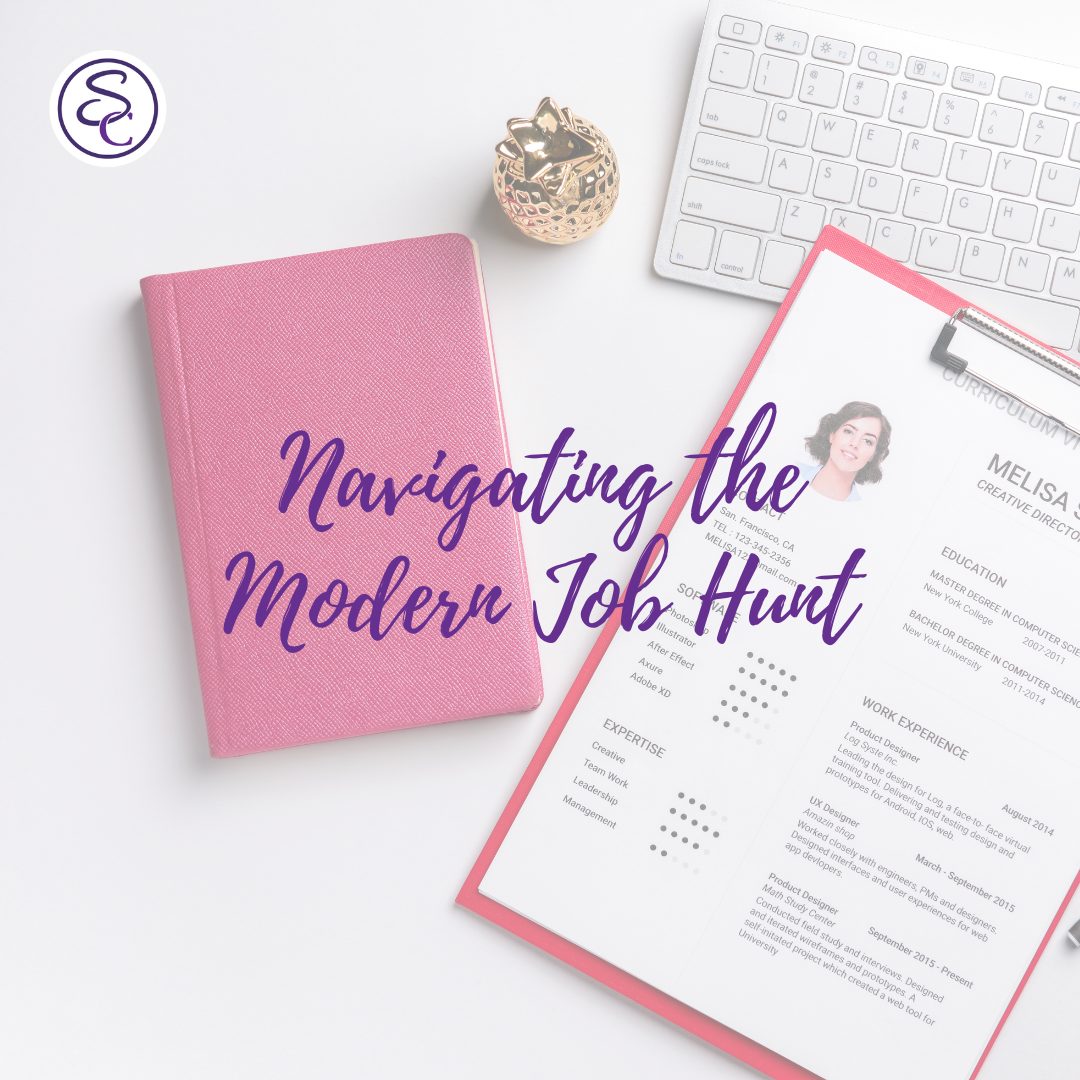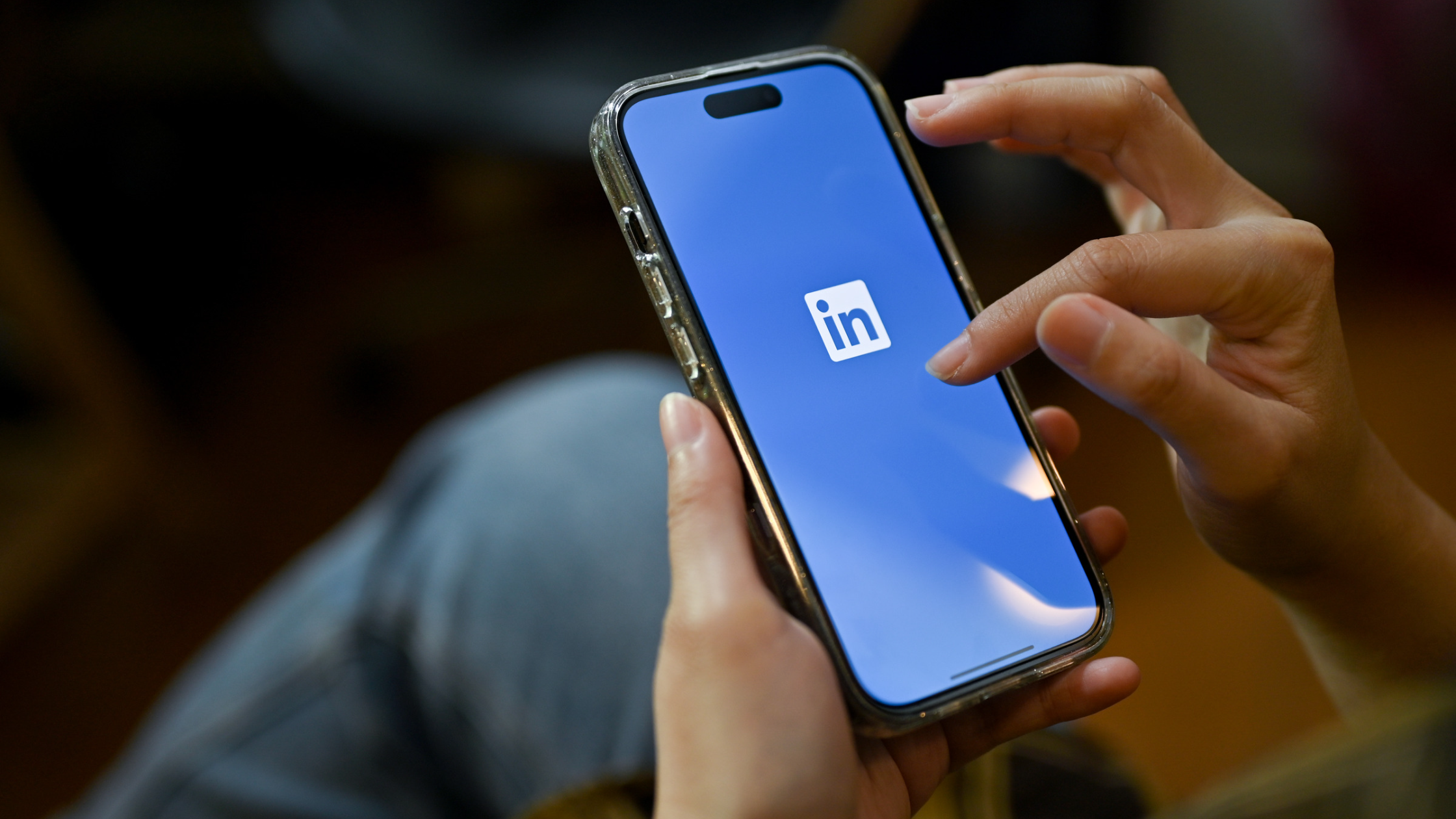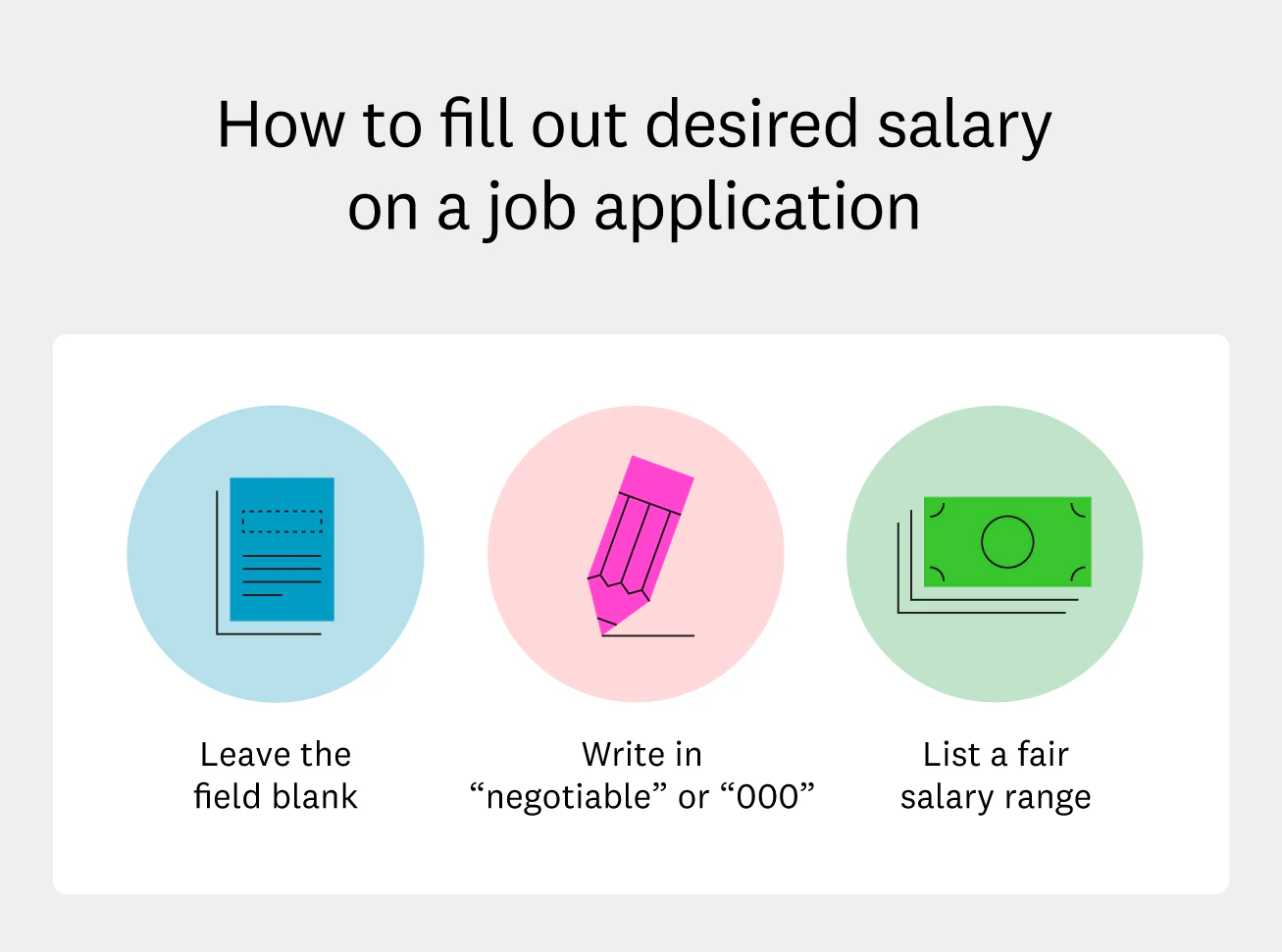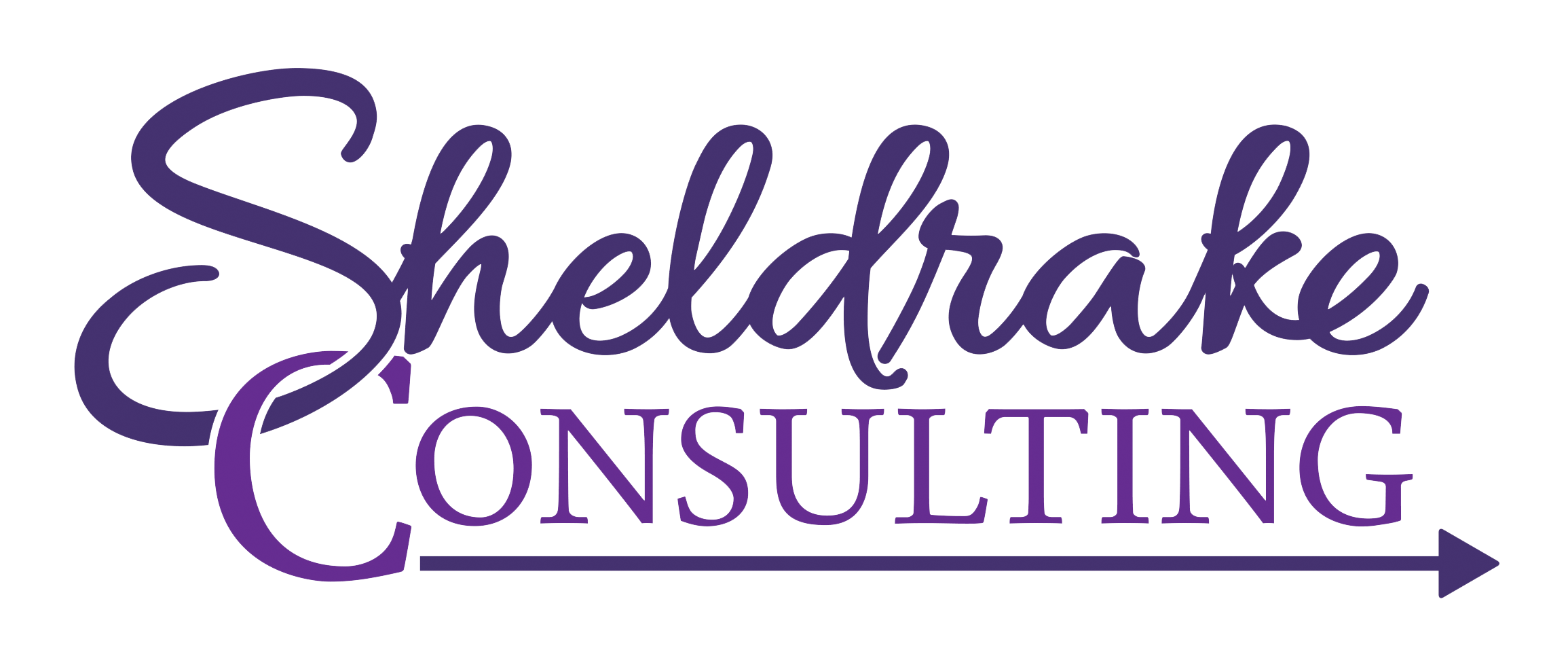Let’s be honest, times have changed and so has the job hunt. As a Certified Career Transition Coach (CCTC), I work with a lot of people applying for jobs who haven’t searched for a job in a decade or more. What used to be a simple process of sending your resume and cover letter to a recruiter or hiring manager, now includes things like virtual interviews, LinkedIn networking, and mastering the Applicant Tracking System (ATS).

As a CCTC, I guide individuals through the intricacies of the ATS, helping them strategically navigate the algorithmic gatekeepers that now play a pivotal role in the hiring process. In this rapidly changing environment, staying informed and adaptable is not just an advantage – it’s a necessity for professionals aiming to thrive in their job search and secure fulfilling opportunities in the modern workplace.
In the modern job hunt, mid-career professionals often find themselves facing a multitude of questions when it comes to applying for new opportunities. From the dilemma of reaching out to recruiters on LinkedIn to the debate over cover letters, the application process has evolved, and with it, the strategies for success. In this blog post, we’ll address some of the common concerns and offer valuable insights to empower you on your journey toward securing your dream job.
LinkedIn vs. Company Website: Where to Submit Your Application?
LinkedIn can be great in some circumstances (see JobScan’s deep dive about Easy Apply), but if you can, applying via the company website is always the better choice. By applying directly, you are cutting out the middleman and making sure your information gets to the hiring manager. LinkedIn applications receive hundreds of applications, especially if it’s a remote position. At a certain point, the hiring manager may stop weeding through applications from LinkedIn. If you are in a smaller pool of candidates to look through, you might have a chance of making it through the clutter.

You also have the opportunity to customize your resume and cover letter for the specific job and company you’re applying for. If you apply on LinkedIn, you are going to use the resume you have on file. Sometimes the extra effort goes a long way to set yourself apart.
LinkedIn Etiquette: To Reach Out or Not to Reach Out?
One burning question job seekers grapple with is whether to connect with recruiters on LinkedIn after submitting an application. The answer? Yes, but with finesse. Sending a personalized and concise message expressing your enthusiasm for the role and briefly highlighting your relevant skills can set you apart. Remember, it’s about building a professional connection, not bombarding them with messages. Wait one week to follow up after you’ve submitted your application. Start by looking up the appropriate contact on LinkedIn to see if you have any connections in common that might be able to make a connection. If not, go ahead and try to find their direct email address. Use a LinkedIn message as a last resort. Create a specific message for that person, company, and job expressing your enthusiasm about the position.
The Cover Letter Conundrum: To Write or Not to Write?
The relevance of cover letters in the digital age has sparked debate, but they still hold value in today’s modern job hunt, especially for the experienced professional. Crafting a compelling cover letter allows you to showcase your unique strengths, address any career gaps, and demonstrate your genuine interest in the role. Use it as a strategic tool to complement your resume and stand out in a competitive field.
The caveat here is that you SHOULD NOT use a template from Google as your cover letter. Your cover letter should be customized for your career story. You’ll use this as your unique template and customize it for each job and company that you’re applying to.
Navigating the Salary Dilemma: Should You Give the First Number?
When submitting your application to the corporate website, many sites force you to enter a salary number before you can continue or submit the application. You never want to throw out the first number, but you don’t have to answer for your application to be considered. In these situations, you can re-enter the range they put on the job description, write “negotiable,” or enter “00.” Credit Karma took a look into the salary question here. This allows you to fulfill the application requirement while maintaining flexibility and positioning yourself for a more nuanced salary discussion in subsequent stages of the hiring process.

The Headshot Question: Do You Need One?
We are in the digital age and your online presence is your social currency. Having an updated and professional headshot might be your first impression to recruiters. Hiring managers WILL check your LinkedIn profile and it’s important to have a good picture. We all know that people judge you for how you look, so it’s better to take charge of your professional appearance.
If you don’t have a photo on your LinkedIn page, it can look like you have a fake account. If you have a grainy or blurry photo, it shows that you aren’t up to date on technology. This is your opportunity to develop your personal brand. It’s important to have a high-quality, updated photo that shows you in a professional setting or background.
There are hundreds of photographers in your community, and you can take advantage of specials or mini-sessions to refresh your pictures. When you look good, you feel good.
As you navigate the complexities of the modern job hunt, embracing a proactive and strategic approach is key. From leveraging LinkedIn to mastering virtual interviews, understanding the nuances of the current job market empowers job seekers to make informed decisions that align with their career goals. By staying adaptable and leveraging the wealth of resources available, you can confidently navigate the evolving landscape and secure the opportunities you deserve.
If you feel stuck or overwhelmed, I’m here to help provide personalized strategies tailored to your specific situation. Schedule a free consultation with me below.

